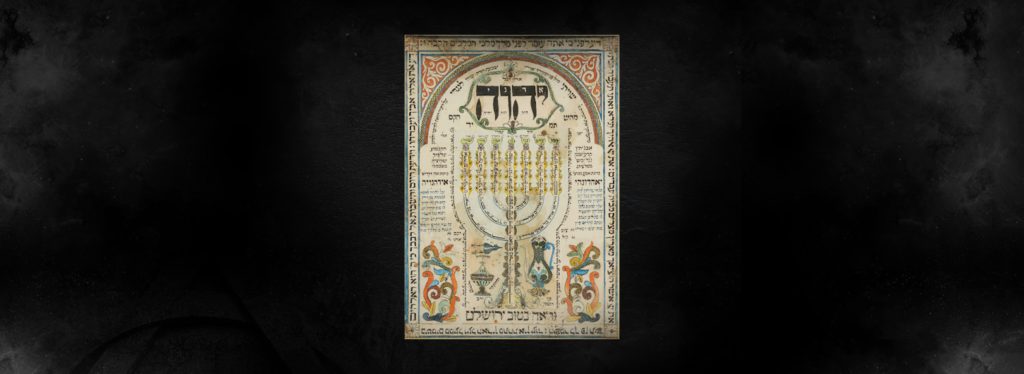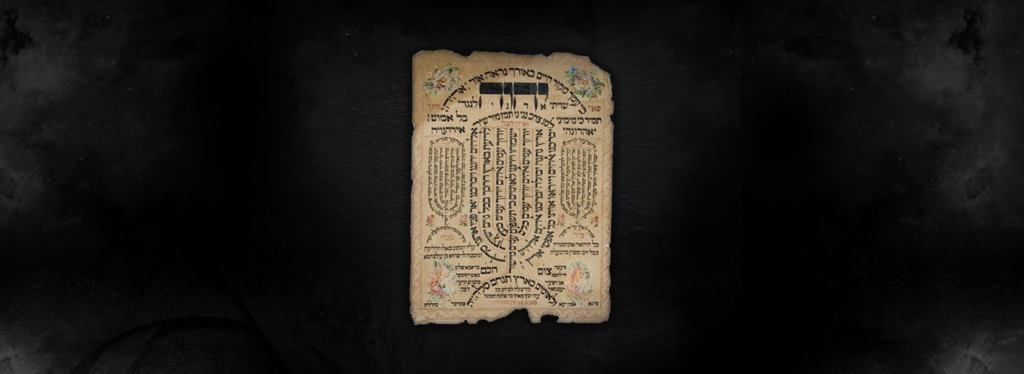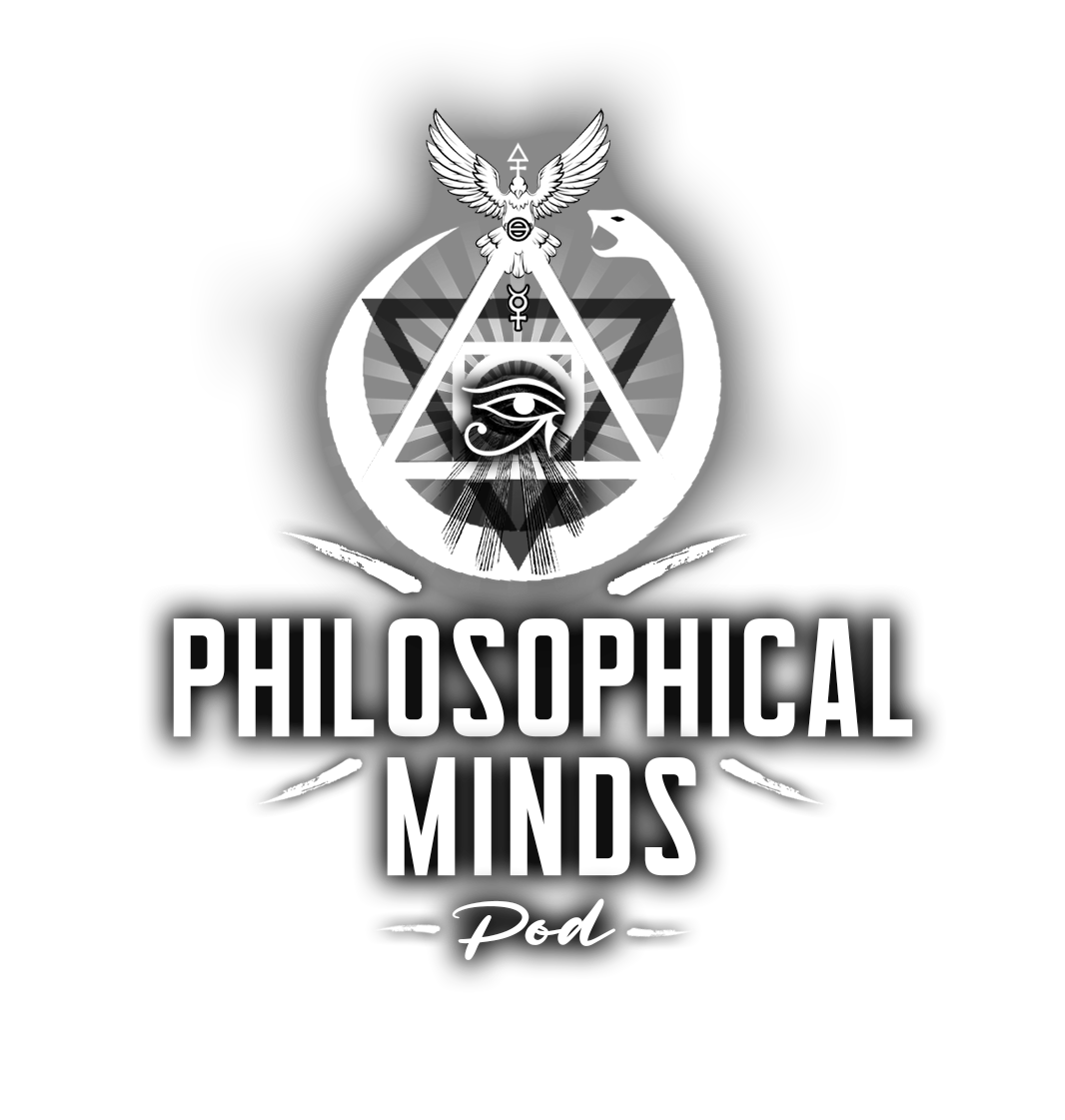Kabbalistic Theosophy: The Mystical Path to Divine Union and the Esoteric Function of Yichudim

In the sacred labyrinth of Kabbalistic thought, where the mysteries of the universe are unraveled through the interplay of divine names, letters, and sephiroth, lies a profound system of spiritual philosophy known as Kabbalistic Theosophy. This mystical framework is not merely a collection of abstract ideas but a living tradition that seeks to explain the nature of God, the cosmos, and the human soul’s journey toward union with the Divine. Central to this theosophy is the practice of Yichudim, a deeply esoteric meditation that aims to achieve the mystical union of the divine aspects, bringing the practitioner into harmony with the highest levels of spiritual reality.
Kabbalistic Theosophy: The Divine Blueprint
Kabbalistic theosophy is a complex and intricate system that seeks to explore the hidden structure of the universe, the nature of the Divine, and the relationship between God and creation. At its core is the belief in a transcendent God, Ein Sof, the Infinite, who is beyond all understanding and description. From this unknowable source emanates the entire structure of the cosmos, which is mapped out in the ten Sephiroth of the Tree of Life.
The Tree of Life is not just a diagram but a dynamic, living structure through which divine energy flows, creating and sustaining the universe. Each Sephirah represents a specific aspect of God, and together they form a complete picture of the Divine. These Sephiroth are not isolated entities but are interconnected, forming a network through which divine light and energy flow from the highest realms to the material world.
In Kabbalistic theosophy, the universe is seen as a reflection of the divine order, a microcosm that mirrors the macrocosm. This is expressed in the principle of “as above, so below,” where the processes and structures in the spiritual realms are reflected in the material world. The goal of the Kabbalist is to understand these divine patterns and to align themselves with them, thereby bringing their own soul into harmony with the divine order.

The Concept of Yichudim: Mystical Unions
Within the vast landscape of Kabbalistic practice, the concept of Yichudim occupies a central place. Derived from the Hebrew word “yichud,” meaning “unification” or “union,” Yichudim are meditative practices designed to achieve the mystical union of the divine aspects, known as Partzufim (Divine Countenances). This practice is rooted in the teachings of the Lurianic Kabbalah, which was developed by the 16th-century Kabbalist Isaac Luria, also known as the Ari.
Luria’s Kabbalah introduced a profound and complex vision of the divine realms, where the Sephiroth are not static but are instead understood as dynamic, interacting entities. These entities can become separated or fragmented, especially after the cosmic catastrophe known as the Shevirat HaKelim, the “Shattering of the Vessels.” The practice of Yichudim seeks to rectify these separations, to reunite the fragmented aspects of the Divine, and to restore harmony to the cosmos.
The Yichudim are meditative rituals that involve the contemplation and visualization of specific divine names, letters, and configurations of the Sephiroth. By focusing on these sacred symbols, the Kabbalist seeks to bring about a mystical union between the different aspects of the Divine. This union is not merely symbolic but is believed to have a real effect on the spiritual and material worlds, bringing about healing, balance, and spiritual elevation.
The Esoteric Function of Yichudim: The Restoration of Divine Harmony
The esoteric function of Yichudim is deeply tied to the Kabbalistic concept of Tikkun, or “restoration.” According to Lurianic Kabbalah, the original state of the universe was one of perfect harmony, where the divine light flowed freely through the Sephiroth, creating and sustaining the cosmos. However, during the process of creation, the vessels that contained the divine light shattered, causing a cosmic disruption that affected all levels of existence. This event, known as the Shevirat HaKelim, led to the scattering of the divine sparks, which became trapped in the material world.
The practice of Yichudim is one of the primary methods for achieving Tikkun. By meditating on the divine names and visualizing the union of the Partzufim, the Kabbalist participates in the cosmic process of restoration. Each Yichud brings together the fragmented aspects of the Divine, repairing the ruptures in the spiritual realms and allowing the divine light to flow more freely.
One of the most important Yichudim in Lurianic Kabbalah involves the unification of the divine aspects of Zeir Anpin (the “Lesser Countenance”) and Nukvah (the “Female”). Zeir Anpin represents the six lower Sephiroth, which are associated with the attributes of divine mercy, while Nukvah corresponds to the Sephirah of Malkuth, the final Sephirah on the Tree of Life, representing the divine presence in the material world. The unification of Zeir Anpin and Nukvah is seen as a mystical marriage, a process that restores the flow of divine energy from the upper realms into the world.
The Yichudim are also believed to have a direct impact on the soul of the practitioner. By engaging in these meditations, the Kabbalist aligns their own soul with the divine order, purifying and elevating their consciousness. The ultimate goal of Yichudim is to achieve a state of Deveikut, a state of clinging or attachment to God, where the soul becomes fully united with the Divine.
Practical Aspects of Yichudim: The Techniques of Mystical Union
The practice of Yichudim is highly structured and requires a deep understanding of Kabbalistic symbolism. It involves specific visualizations, invocations of divine names, and the contemplation of the sacred letters of the Hebrew alphabet. The Kabbalist begins by preparing their mind and body through purification rituals, focusing their intention on the desired union.
One common technique involves the visualization of the Hebrew letters that form the divine name associated with the particular Yichud. For example, in the Yichud of Zeir Anpin and Nukvah, the Kabbalist may meditate on the letters of the Tetragrammaton (YHVH) and the divine name Adonai (Aleph-Dalet-Nun-Yod), which is associated with Malkuth. The practitioner visualizes these letters merging, symbolizing the union of the divine aspects.
The Yichud is often accompanied by specific prayers and invocations, drawn from Kabbalistic texts such as the Zohar and the writings of the Ari. These prayers are designed to focus the mind and to call upon the divine energy needed to achieve the Yichud. The practitioner may also use specific breathing techniques and chants to deepen their meditation and to facilitate the union of the divine aspects.
The Mystical Significance of Yichudim: Union with the Divine
The practice of Yichudim is not merely a technique for achieving spiritual elevation but is rooted in the deepest mysteries of Kabbalistic theosophy. It reflects the belief that the universe is a dynamic, living entity, where the divine and the material are constantly interacting. The Yichudim represent the Kabbalist’s participation in this cosmic drama, where they become co-creators with God, helping to restore the original harmony of the universe.
The mystical significance of Yichudim lies in its ability to transcend the duality of the material and the spiritual, bringing the practitioner into a state of unity with the Divine. This union is not just a metaphor but is experienced as a profound transformation of consciousness, where the boundaries between the self and the Divine dissolve. In this state of union, the Kabbalist experiences the fullness of the divine presence, where all of creation is seen as a reflection of the One.
Kabbalistic theosophy and the practice of Yichudim offer a path to understanding and participating in the divine order of the cosmos. Through these practices, the Kabbalist seeks to restore the harmony of the universe, to elevate their soul, and to achieve union with the Divine. The esoteric function of Yichudim is a profound expression of the Kabbalist’s role as a healer of the cosmos, a restorer of the original unity, and a seeker of the ultimate truth. As we contemplate these mysteries, we are reminded that the path of Kabbalah is not just a journey of knowledge but a journey of transformation, where the soul is drawn ever closer to the Infinite Light of Ein Sof.
